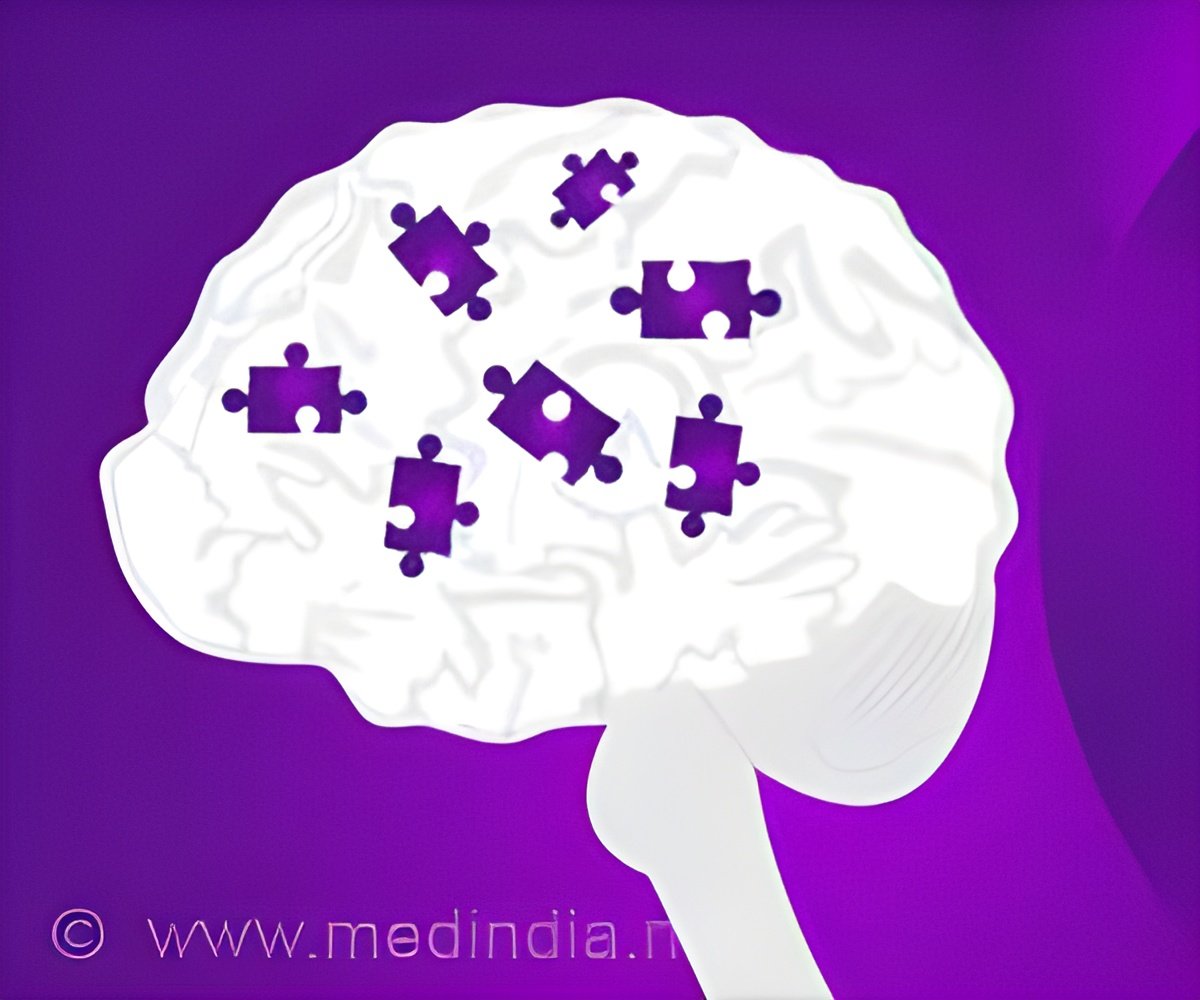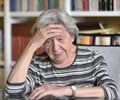
What is Alzheimer’s Disease and Related Dementias
Zhu said there are important differences in identifying whether a patient has Alzheimer’s disease or Lewy body dementias (LBD). Those differences can greatly impact the type of treatment that is prescribed to them. However, differentiation between Alzheimer’s and LBD is challenging due to both mixed pathologies and clinical symptoms.‘As the two most common types of dementia, Alzheimer’s disease and Lewy body dementias (LBD) account for 65% to 85% of individuals with dementia nationwide, or about 7.5 million people.’
Tweet it Now
“In this project, we will discover, define and represent individual GyralNets—a computational model that integrates both deep-learning methods and neuroimaging markers—to characterize the Alzheimer’s/LBD-related abnormalities for individual patients,” Zhu said. He added that the project ultimately will assemble, map and analyze large-scale brain data for practical clinical settings.
“We believe that earlier recognition of the specific disease present can lead to better outcomes through better treatment for those patients.”
Hong Jiang, the Wendell H. Nedderman Endowed Professor and chair of the Department of Computer Science and Engineering, said Zhu’s research has the potential for a significant impact.
“Taking all the data that can be accumulated and using it in a way that will help society and people suffering from these diseases is monumental,” Jiang said. “It represents what university research is all about.”
Advertisement













